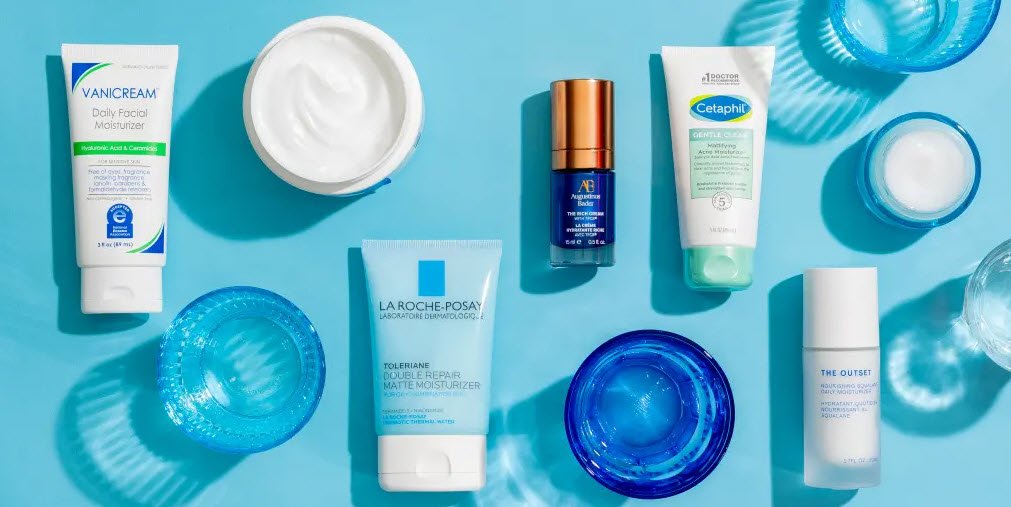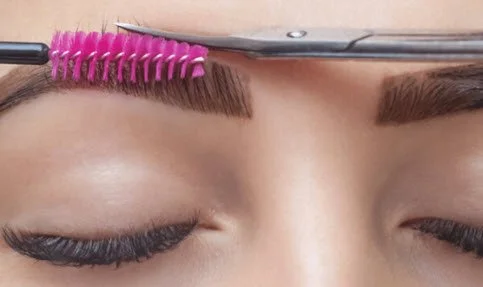Moisturizer Beauty Routine: Hydration for Healthy, Glowing Skin
Moisturizing is a key step in any skincare routine, helping to maintain hydration, strengthen the skin barrier, and protect against environmental damage. A good moisturizer not only enhances the skin’s appearance but also prevents dryness, irritation, and premature aging.
But how do you choose the right moisturizer, and how can you apply it for maximum benefits? Let’s break it down.
💧 Why Is Moisturizer Essential?
Moisturizers work by hydrating the skin and creating a protective film to lock in moisture and prevent water loss. They help smooth skin texture, soothe irritation, and minimize small fissures caused by dehydration.
Moisturizers generally fall into three categories, each playing a unique role in hydration retention:
Humectants – Attract moisture to the skin, preventing dehydration (e.g., hyaluronic acid, glycerin).
Emollients – Fill in gaps between skin cells to smooth and soften the surface (e.g., ceramides, shea butter).
Occlusives – Form a barrier to seal moisture into the skin (e.g., petrolatum, beeswax).
Applying moisturizer correctly enhances absorption, ensuring your skin gets the maximum hydration benefits.
⏱️ The 3-Second Moisturizing Rule
For better hydration, apply moisturizer immediately after cleansing—within three seconds—while your skin is still damp. This helps lock in moisture, reinforce the skin barrier, and improve the effectiveness of hydrating ingredients.
🧴 Choosing the Right Moisturizer for Your Skin Type
Different skin types require tailored formulations for optimal hydration:
Dry Skin – Choose rich, creamy moisturizers that deeply nourish and replenish moisture.
Oily or Combination Skin – Opt for lightweight gels or oil-free moisturizers to hydrate without clogging pores.
Normal Skin – Look for balanced, hydrating formulas with ingredients like hyaluronic acid, ceramides, oats, glycerin, and vitamin E.
Sensitive Skin – Select fragrance-free moisturizers free from parabens and irritants to prevent reactions.
🪞 How to Apply Moisturizer in Your Routine
Morning Routine:
Cleanse your face, gently pat it dry, and apply moisturizer while skin is still damp.
Allow absorption before layering with SPF.
Night Routine:
Wash your face with a gentle cleanser and pat dry.
Apply moisturizer to lock in hydration overnight, supporting skin renewal while you sleep.
🌟 Final Skincare Tips for Hydrated, Healthy Skin
Layer correctly – Apply moisturizer after serum and before SPF.
Adjust based on climate – Use richer formulas in colder months and lightweight ones in warmer seasons.
Stay hydrated – Pair topical moisturizers with adequate water intake for better skin health.
Customize based on needs – If experiencing excessive dryness or oiliness, modify your routine accordingly.
A well-chosen moisturizer ensures lasting hydration and protection, keeping your skin smooth, radiant, and resilient every day.




















